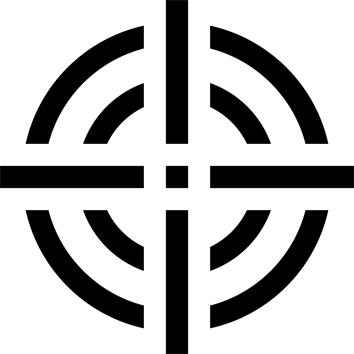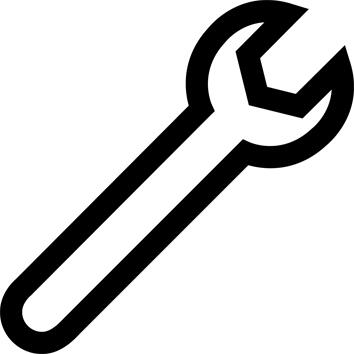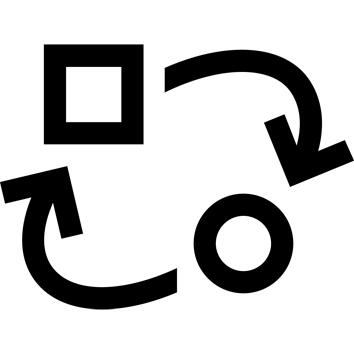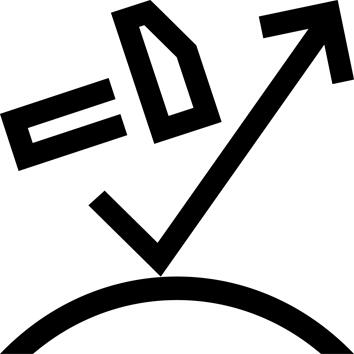The weight of your cue
To get the most out of billiards, our team advises you to choose a rather heavy cue for your first game. Your English/snooker cue measures 145 cm (57 inches) and weighs 540 g (19 oz). We cannot guarantee the exact weight (tolerance of 10%), as wood density can vary (even within the same wood species) depending on the forest, its exposure to the sun or the section harvested (butt, crown, top).
The size of your tail
The UK/SNK DISCO 300 cue measures 145 cm (57 inches).
Ideal for beginners, its standard size will allow you to discover the real sensations of billiards and get a better grip, especially for your shots away from the cushions!
Why can't we guarantee the straightness of our cues?
All our cues are manufactured. Their straightness is checked individually, piece by piece, as they leave the factory. However, during transport and storage, billiard cues are subject to variations in temperature and humidity, which can alter their straightness over time.
This stability problem applies to all billiard cues on the market made from wood (maple, ash, poplar, ramin).
Why yellow poplar?
The technical characteristics and affordability of poplar (a soft wood species) make it a popular wood, particularly for furniture. Our team selected it for billiard cues for its major advantage: quick drying without warping. Its straight-growing characteristic also gives it the advantage of natural straightness. This makes it a particularly suitable choice for billiard cues!
What is snooker?
Snooker is easily recognized by its rather imposing table: 3.57 m long by 1.78 m wide and weighing in at around 1,200 kg (only). But also by its larger number of balls than in American billiards or English billiards (15 balls vs. 22 balls in snooker).
Very large table, small-diameter balls: as you can see, this is a discipline where precision and rigor are more than necessary!
Physical properties and technical data of yellow poplar
Poplar's coefficient of failure stress in compression and its coefficient of failure stress in static bending are 35 MPa and 62 MPa respectively (at 12% humidity).
To put it another way and more simply: this poplar cue is strong, solid and stable.
It is, however, less so than cues made from maple or ash. These two types of wood have characteristics that make them more solid and stable (and more expensive).
How to preserve your cue?
To preserve the properties of your cue (in particular its straightness and avoid distortion), we advise you to store it away from humidity and temperature changes.
Once your game is finished, store it flat in a storage bag or case, or in a cue tray as vertically as possible. Don't let it lean against a wall, as this could deform it!
Did you know? The process of your cue can be maintained.
Faced with temperature changes, wear over time or abrasion from chalk, your cue's process becomes damaged and loses precision. So it's important to maintain it regularly. To do so, nothing could be simpler:
1/ Remove the damaged cue tip
2/ Sand the new one with sandpaper
3/ Glue the cue tip
4/ Work the cue tip with a cutter
Our product engineer tells you more > https://support.decathlon.fr/changer-un-procede-comment-reparer-une-queue-de-billard
Why a one-piece tail?
The DISCO 300 145 cm cue is one-piece, which gives it the advantage of being straighter, stronger and more durable than jointed cues. It will be used mainly at home (less easily transported, since it's made in one piece), but you'll be able to play quickly and easily: no assembly required, it's ready to play, right away!
Team tip: how to make a good easel?
To make the most of your billiard shots, the positioning of your hand is essential: this is the "rack". There are many different hand positions, depending on the shot you're making and the position of the balls on the table. Nicolas Henric, coach of the French Blackball (English billiards) teams, and Maeva Brionne, international billiards player, explain how to correctly position your hand > https://www.youtube.com/watch?v=355CLLm9SnI
Which cue for which use?
Billiards is rich in the diversity of its practices: American, English, French, snooker... and so many others!
Each discipline has its own rules, its own mindset... But also a specific use, for larger or smaller balls.
Choosing the right cue starts with knowing which discipline it will be used for!
Here are the process sizes generally used:
> US billiards: 13 mm
> French billiards: 11-12 mm
> snooker: 9-10 mm
> blackball: 8-9mm




